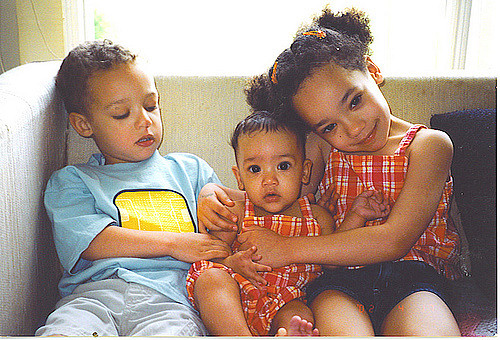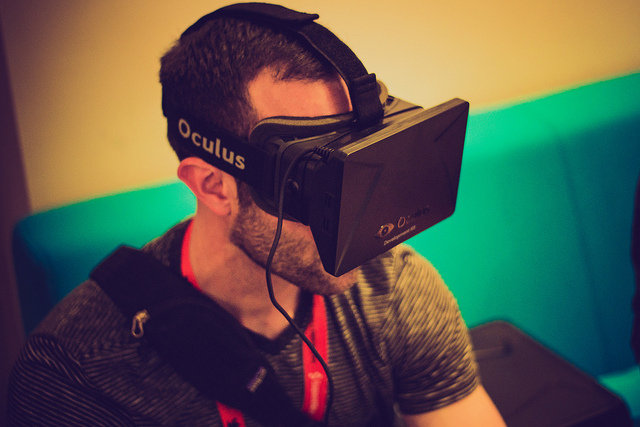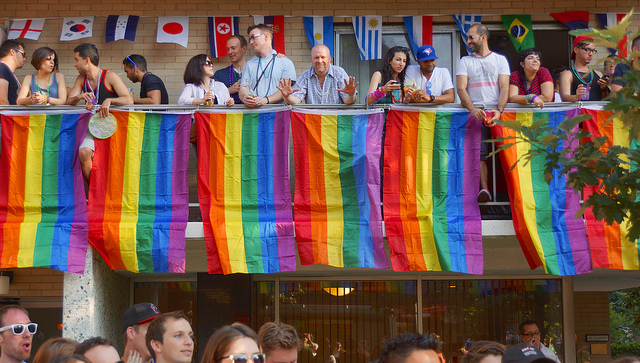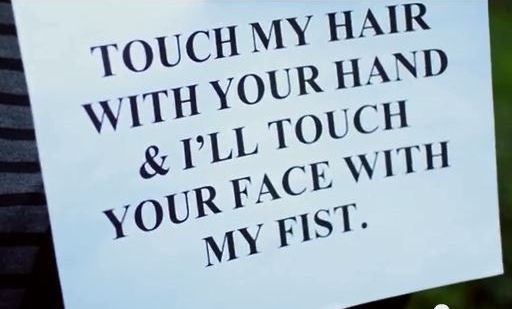
National Geographic recently made a dramatic, if unsurprising, proclamation: The publication has a racist past. For decades, National Geographic depicted “savage” and “inferior” races on its pages. But in owning this history, argues the Editor in Chief, National Geographic is part of a progressive and nuanced dialogue on race. However, in a recent article in The Washington Post, sociologist Victor Ray explains the problematic nature of this “new” conversation about race and how it overstates the progress made on issues of racism and discrimination.
Ray focuses on National Geographic’s cover story, which features biracial twins:
“The cover photo depicts 11-year-old mixed-race twin girls, with the tabloid-esque framing that one is black, the other white. And the headline makes the grand claim that the girls’ story will ‘make us rethink everything we know about race.’ The ‘we’ here is implicitly white people, and the story of these children doesn’t break new ground so much as reinforces dangerous racial views. The girls in the photo, with their differing skin tones, are depicted as rare specimens and objects of fascination.”
While sociologists have long understood race as a social construction, National Geographic paints this as a new discovery. Additionally, the publication implies that individual attitudes and interpersonal conflicts are the root cause of racism. In doing so, they overlook the effects of structural racism:
“Racism is likely to influence the lives of these girls in ways that can’t be reduced to individual, mean-spirited prejudice. For instance, whites in the United States have, on average, 10 times as much wealth as black people. This wealth gap has multiple causes, including institutional racism in lending and housing discrimination. Similarly, because of current and historical patterns of segregation, black Americans are more likely to live in polluted neighborhoods with adverse implications for their long-term health.”
In focusing on the individual actions and the “personal sin” of racism, we underestimate the impact race can have on structural factors, such as wealth, housing, and health. As Ray suggests, National Geographic can take steps to account for its racist past by avoiding frames that overstate progress.









